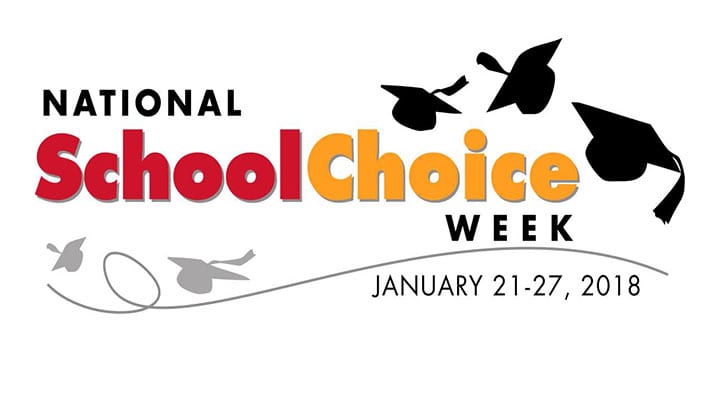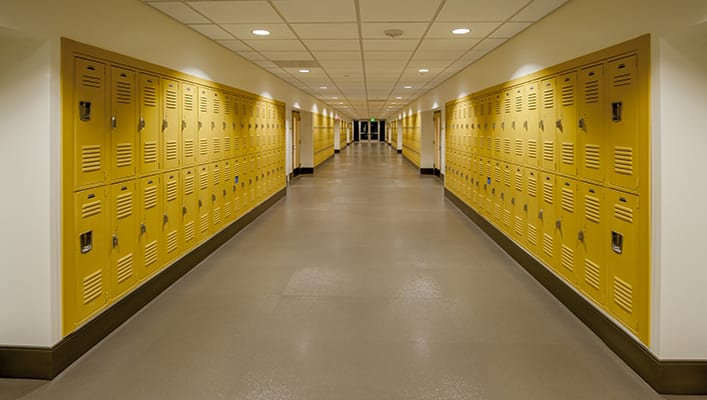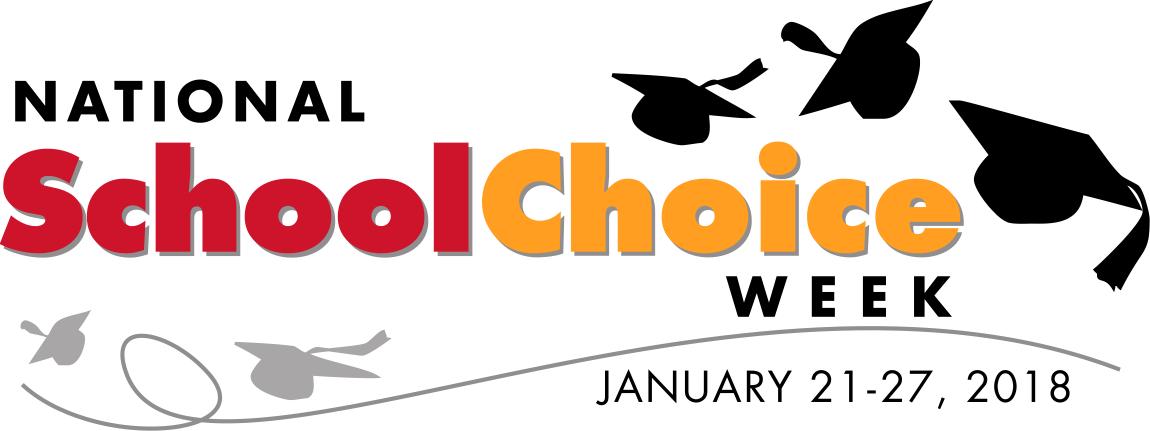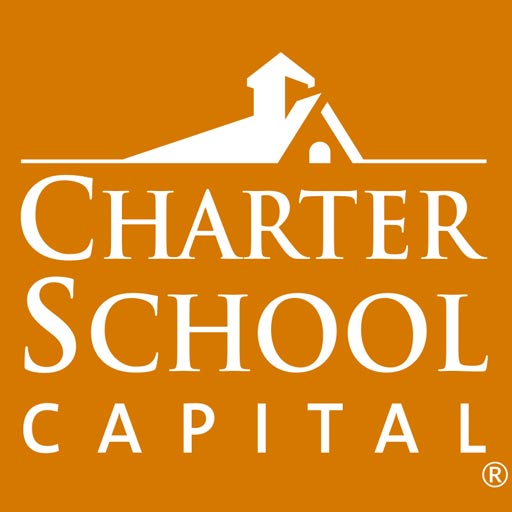
Overview
This week, the Governor presented his final Californian budget proposal. As he has in the past, the Governor was very cautious about proposing spending on new programs. He also continued to warn about recessions that might be around the corner for Californians. This manifests itself in the budget as an increase in the ‘rainy day’ fund that has been established to protect the state against future economic downturns.
Now that his budget has been introduced, the legislature will begin budget subcommittee hearings on the proposal and then, in early May, the Governor will release the May Revision of his budget to reflect tax receipts and revenue projections. The legislature will then pass a final budget for the Governor’s signature by June 15th. Below are some education highlights from the proposal.
2018-19 Budget Proposal includes:
- $135 billion in General Fund revenues
- $15 billion total state budget reserves
- $78.3 billion Proposition 98 guarantee
- $2.9 billion for full implementation of LCFF
- $1.8 billion one-time, discretionary funding ($295 per ADA)
For charter schools specifically, the budget proposes an ongoing increase of $28.3 million to the SB 740 Charter School Facility Grant Program. With $112 million in the base, this increase results in about $140 million in ongoing funds in 2018-19.
Proposition 98 and LCFF Implementation
The Department of Finance (DOF) calculates the 2018-19 Proposition 98 guarantee to be $78.3 billion, an increase of $3.8 billion over the 2017-18 Proposition 98 guarantee provided in the 2017 Budget Act. The DOF’s Proposition 98 calculation is a little higher than the $77.8 billion estimate by the LAO in November 2017. Based on revenue growth, the 2017-18 guarantee was increased by $700 million to $75.2 billion, and an additional $3.1 billion was added for 2018-19.
Growth in Proposition 98 allows the Governor to achieve “full implementation” of the Local Control Funding Formula (LCFF) in 2018-19, two years earlier than anticipated when this school funding reform was adopted six years ago. The budget proposes about $2.9 billion to close the remaining LCFF funding gap, including a cost of living adjustment (COLA) of 2.51%. This is welcome news, and schools will now actually receive the LCFF grant amounts (base, supplemental and concentration) calculated by the state rather than merely having those amounts be a “target.”
One-Time Discretionary Funding
Continuing his fiscally conservative approach over the last several years, the Governor avoids any significant on-going expenditures other than for LCFF, and proposes nearly $1.8 billion in discretionary, one-time funding for school districts, county offices, and charter schools. This amounts to about $295 per average daily attendee (ADA). These funds offset any outstanding mandated costs reimbursement claims by local educational agencies.
Special Education and Teachers
Last spring, the DOF held four special education stakeholder discussions, during which stakeholders expressed the need for a number of changes to the current special education system, including: more local transparency and accountability, additional financial support for special education, a shift to a system improving outcomes for students with disabilities, and integrating special education and general education into a cohesive system. However, it appears as if Jerry Brown has decided not to tackle major special education reform in his final year as Governor.
Instead, the Governor proposes $10 million in ongoing Proposition 98 funding for Special Education Local Plan Areas (SELPAs) to work with County Offices of Education (COEs) to provide technical assistance to Local Education Agencies (LEAs) to improve student outcomes. The proposal also places additional requirements on SELPAs, requiring them to complete a SELPA local plan template that aligns their services and resources with the goals in their member districts’ Local Control and Accountability Plan (LCAPs) and to summarize how a SELPA’s planned expenditures and services align with the improved student outcomes strategies include in their SELPA plan.
To help address the state’s need for more special education teachers, the Governor has also provided $50 million for a Teacher Residency Grant Program to support locally sponsored, one-year clinical teacher preparation programs aimed at preparing and retaining special education teachers; and another $50 million for a Local Solutions Grant Program to provide competitive grants to LEAS to support locally identified solutions (new or existing) that address a local need for special education teachers, for a total of $100 million in one-time Proposition 98 funding.
Early Learning and Child Care Access
Aimed at increasing early education and case access for children aged zero to five years old, especially in low-income areas and areas with relatively low access to care, the Governor proposes to create the Inclusive Early Expansion Program. This competitive grant program would be funded using $125 million in one-time Proposition 98 funding and $42.2 million one-time federal Temporary Assistance for Needy Families (TANF) program funding.
In the 2016 Budget Act, the Governor and Legislature entered into a multi-year agreement that included reimbursement rate increases and additional full-day State Preschool slots for the next three years. As part of the third and final year of that agreement, the Governor has provided an approximately 2.8% reimbursement rate increase for providers that contract directly with the California Department of Education and added the scheduled increase of 2,959 full-day slots to the State Preschool Program. The Budget also makes permanent the temporary hold harmless to the 2016 Regional Market Reimbursement Rate Survey for those providers accepting vouchers.









 Happy New Year!
Happy New Year!